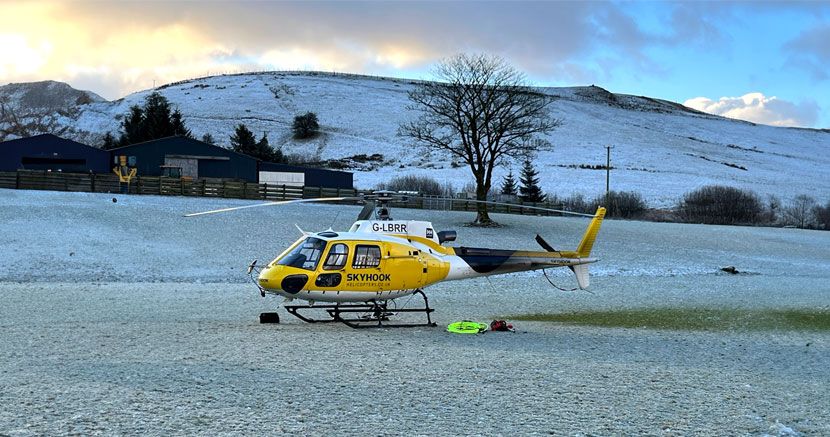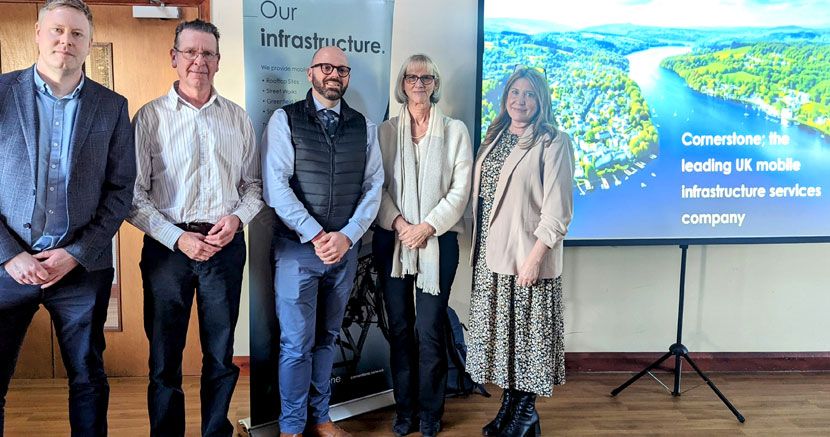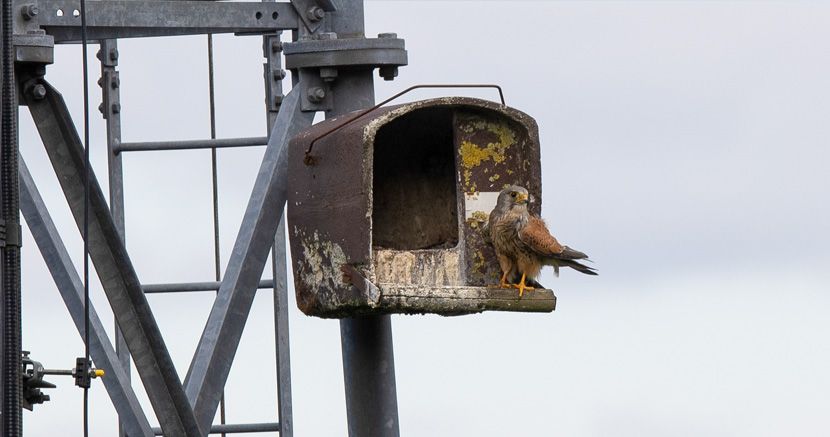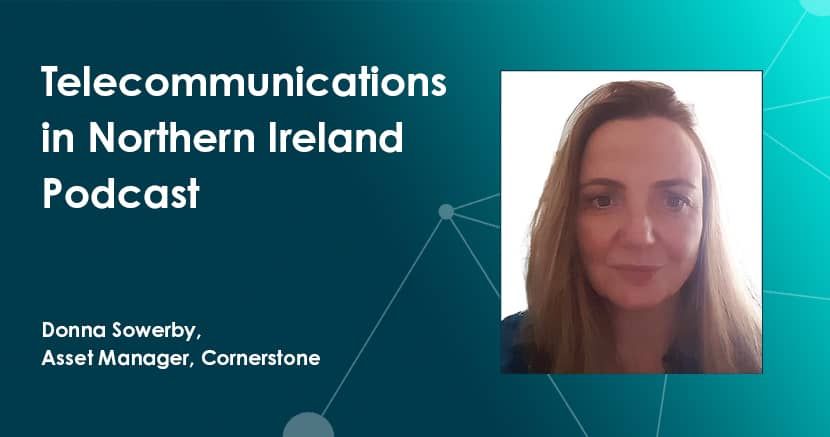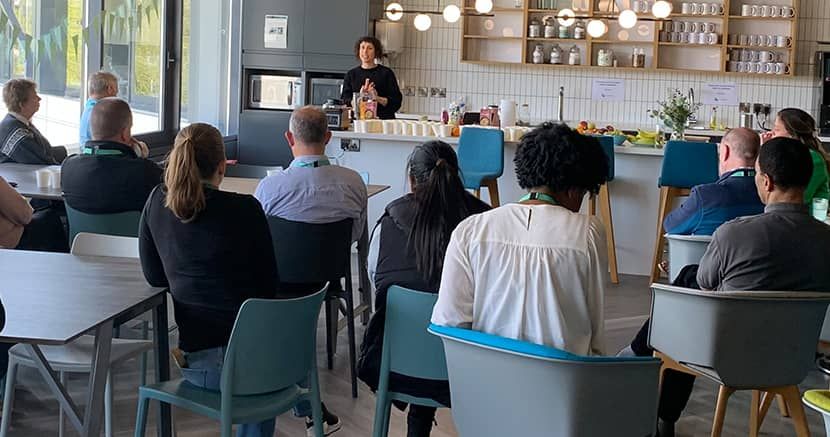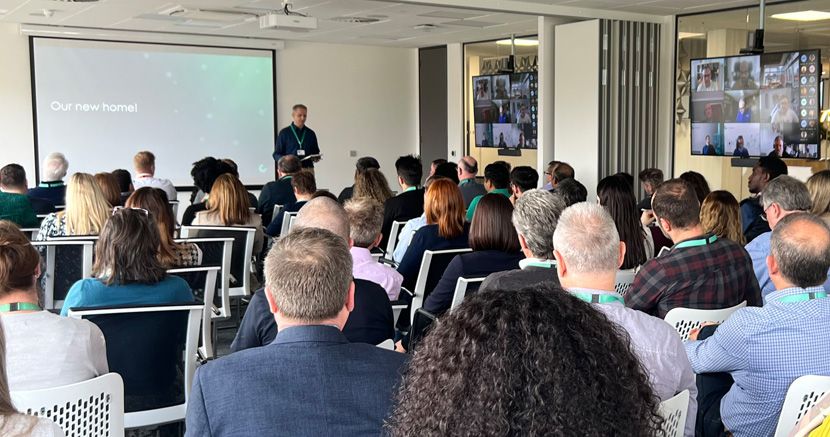The Telecoms industry is fast-paced, and the growth of new communication technologies means that some sites have become outdated and are no longer needed. The answer is decommissioning.
Our dedicated Decommissioning team manages such projects. Our Property Programme Manager, David Clarke, at Cornerstone, gives us insight into how we oversee site decommissioning.
1.) What do we mean by decommissioning?
Decommissioning means removing telecommunications equipment from a landlord’s property. This process includes active kits (antennas, transmission, power) and passive equipment, including towers, masts, compound fences, and cabins.
2.) Why do we need to carry out our decommissioning at Cornerstone?
We undertake a decommissioning activity for two main reasons:
A.) To remove redundant equipment where operator equipment has been consolidated on-site. For example, two operators may have physical equipment on-site, but when one moves to a virtual presence, it leaves one set of physical equipment redundant.
B.) To remove equipment from a site we no longer require as part of the operator’s live network. We need to remove this equipment to comply with our reinstatement obligations in our leases/agreements and for health and safety reasons.
3.) How do we conduct our decommissioning? Do we have regular partners we use?
We use several key partners for our decommissioning works, and they have all been certified to carry out decommissioning works across the Cornerstone portfolio of sites. We also conduct regular reviews to ensure our standards and procedures are upheld, with corrective actions in place where necessary.
4.) Do we consider any sustainable or environmental factors when we conduct a decommissioning project?
When conducting a decommissioning activity, we take into consideration the sustainability and environmental impacts and have the following in place to help mitigate our impact as much as possible:
A.) All of our decommissioning partners have environmental and sustainability policies that they adhere to and have the correct waste carrier licences for transporting and disposing equipment.
B.) Equipment is recycled and documented using waste transfer notices where possible.
C.) We actively encourage our landlords to reuse passive equipment. For example, we will frequently transfer the ownership of bases, cabins, concrete buildings, and fencing to our landlord for reuse, which can help drastically reduce waste material.
D.) We try to complete our physical decommissioning works in one site visit to work efficiently and reduce the amount of “truck rolls” to the site.
E.) Active kit removed from the site that is still in good working condition is returned to the operators for reuse in upgrades or new site installations.
5.) How do we engage with landlords where we need to remove telecoms equipment?
Landlord engagement is vital to Cornerstone’s ability to decommission our sites successfully. In the first instance, our decom partners will contact the landlord to book a decom survey. This communication allows us to correctly ascertain what is on-site and analyse the condition of the equipment. It helps our partners to build a scope of works of how the decom will take place.
Once our partners complete the survey and the works are approved, our partner will again contact the landlord to book the removal works. During this process, our partner may provide documentation to the landlord stating how we will perform the decom. It includes any critical information that could affect the landlord, such as the need to relocate livestock or erect livestock-proof fencing and lifting or setdown areas.
Once we have completed the on-site physical work, our partners will issue a decom handover pack to the landlord. We ask our landlords to sign this document to show they are happy with the work carried out and are satisfied with any reinstatement work required that needs to be completed by us.
The landlord will also be issued a termination notice if required in our agreement. The notice states our intentions to decommission the site and the date when we will terminate our interest in the land, handing it back with vacant possession. We will notify the landlord via one of Cornerstone’s legal partners.


